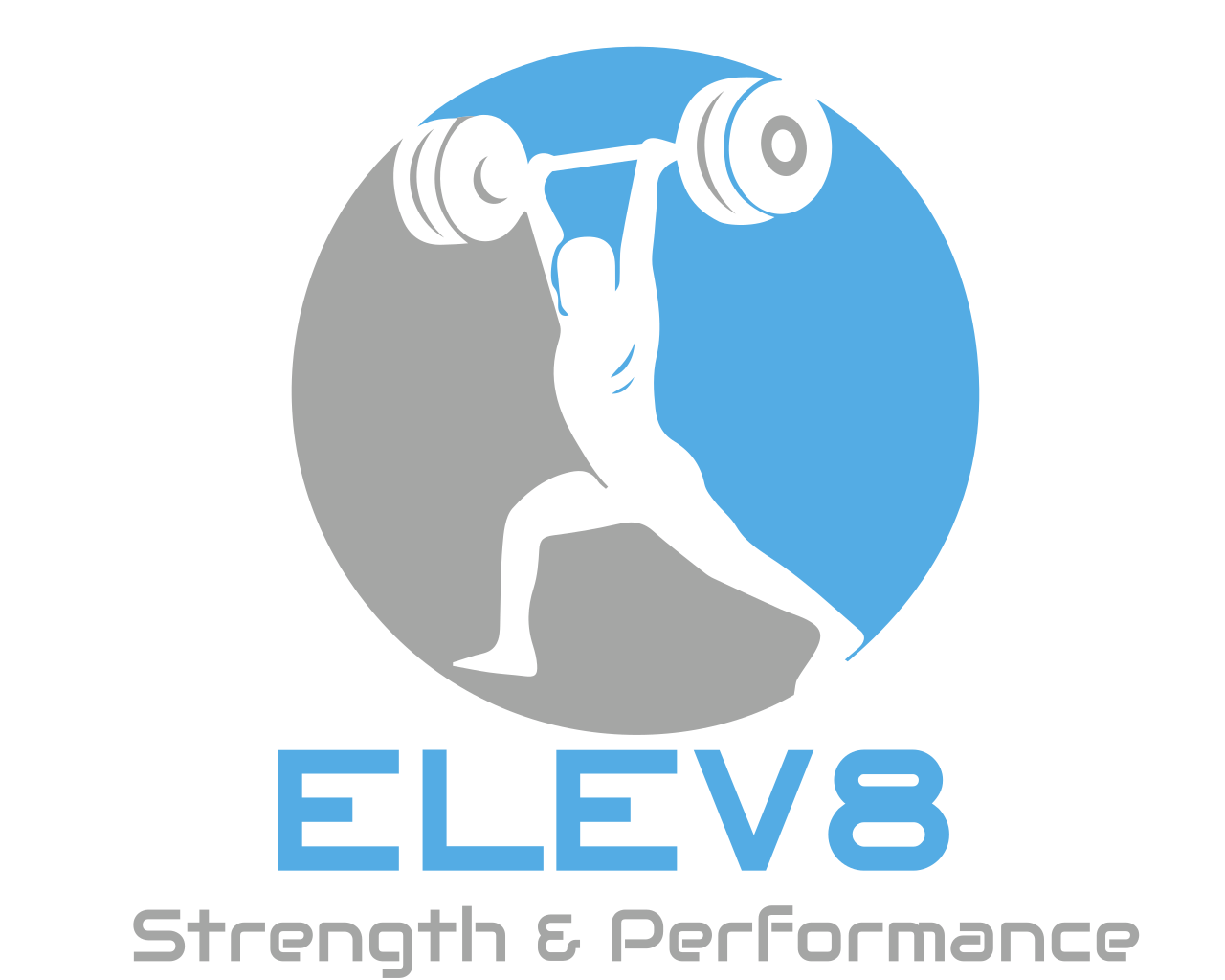Bodyweight Training - Day 1 Lower
No one likes training under the circumstances we currently find ourselves in. The things people would do to be able to lift a barbell!
However, that doesn’t mean you can’t train and continue to make progress. This workout is designed to work on an athlete’s strength in different positions important for developing power and speed.
Intensity is going to be one of the hardest variables of training to progress. Using mostly body-weight exercises is going to limit you to a singular load - your own body-weight.
We can add things like weighted backpacks and bands (and we will, stay tuned), but for today, your stimulus will come from isometric holds, jumps and volume. Use this time to get better at the things you often ignore!
Some of this may seem easy, and for some of you it might be. Get creative! Extend the hold in the split squat position to failure if 1 minute is too easy. Trust me, it’s deceivingly difficult. Give it a shot below and let me know how it goes!
1.) Hill Sprint 6x20-30 yards
2.) Broad Jump 5x5
3.) Split Squat ISO Hold 3x1 min
4.) Nordic Hamstring Curl 3x10 (slow eccentric)
5.) Marching Bridge 4x8 each side
6.) 3-Way Plank 3x30 seconds/side
I like the hill sprint because it requires the production of more horizontal force than a traditional sprint. On a 15-20 degree hill, the torso angle is more horizontal and reinforces the proper production of force. Be sure to fully rest 2-3 minutes between each sprint.
Broad jumps are one of my favorite exercises, even when a full gym is accessible. They are indicative of a good athlete. Strong broad jumps correlate to a quick first step, change of direction ability and sprint speed. Needless to say, most athletes want to work on all three of those qualities, so get to jumping!
The rest of the work is designed to improve imbalances, increase strength in weak positions along the strength curve, and some core work.
I love isometrics. They recruit more muscle fibers than “traditional” concentric and eccentric muscle actions, however they are often dismissed for only strengthening the joint angle being worked.
However, as Mel Siff said in his classic book, Supertraining, the strength increase could be as much as 15 degrees each side of the joint angle being held, which is precisely what we’d be looking for in the split squat position to help improve single leg strength.
The Nordic hamstring curls and marching bridge are in there to strengthen the posterior chain. For most people, the posterior chain is the “missing link” to improving lower body performance, as well as fighting against injury! Most athletes, due to the nature of sports with high locomotion demands, tend to be anterior chain dominant. Their Quadriceps are significantly stronger than their hamstrings and posterior chain.
Research has shown that strengthening the posterior chain can lead to a reduction in injury, specifically helping to protect the ACL. With more and more non-contact ACL injuries seemingly happening every year, this is not something the strength & conditioning industry can afford to ignore.
Again, athletes should be using this time at home to stretch, focus on proper nutrition, sleep, and do what they can to improve their performance. While not necessarily optimal, workouts like these will mitigate the strength and technical skills lost due to the extended absence of regular training.
Stay tuned for a workout each day this week,
Let me know how this one goes by reaching out on Instagram or Facebook!

